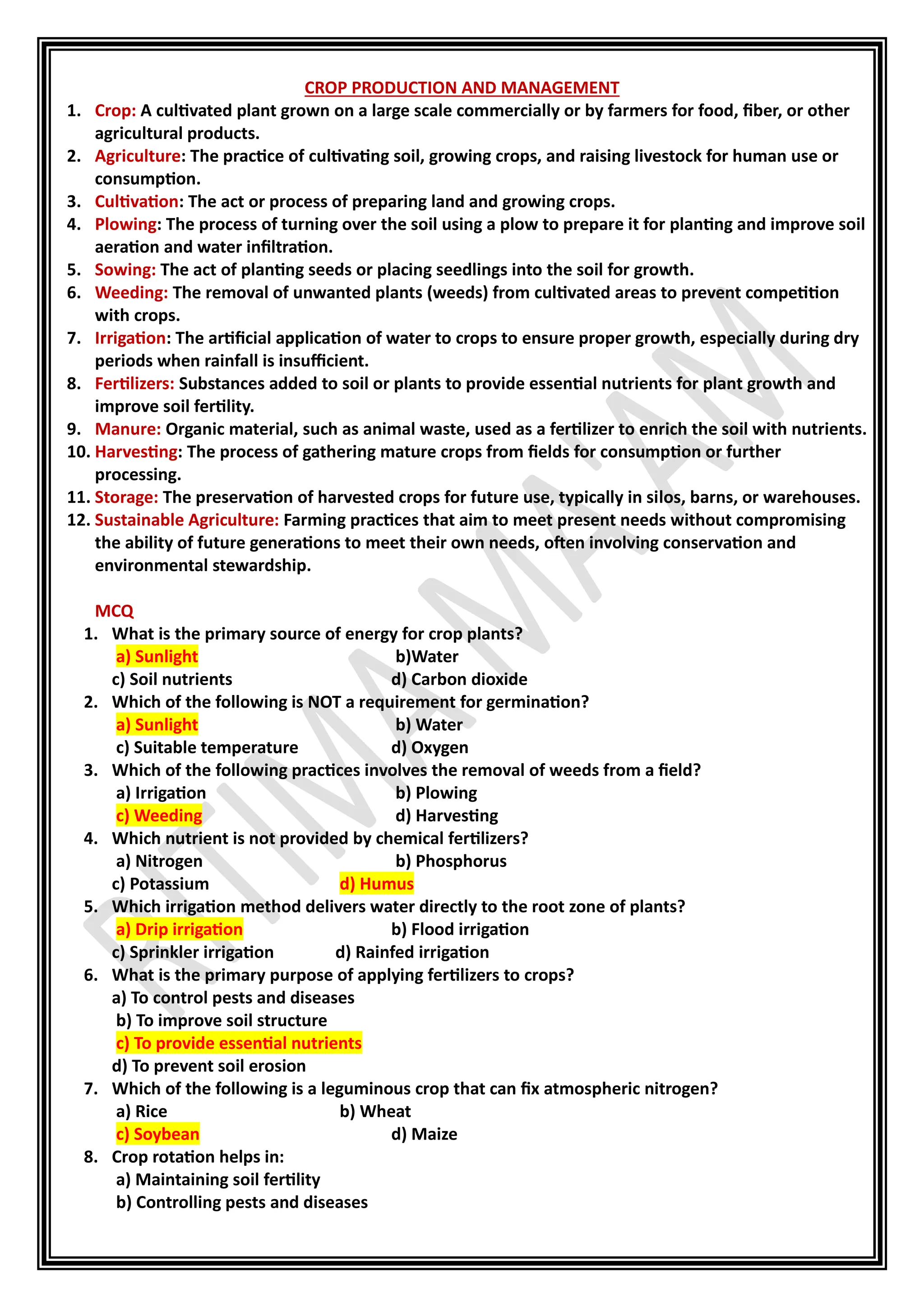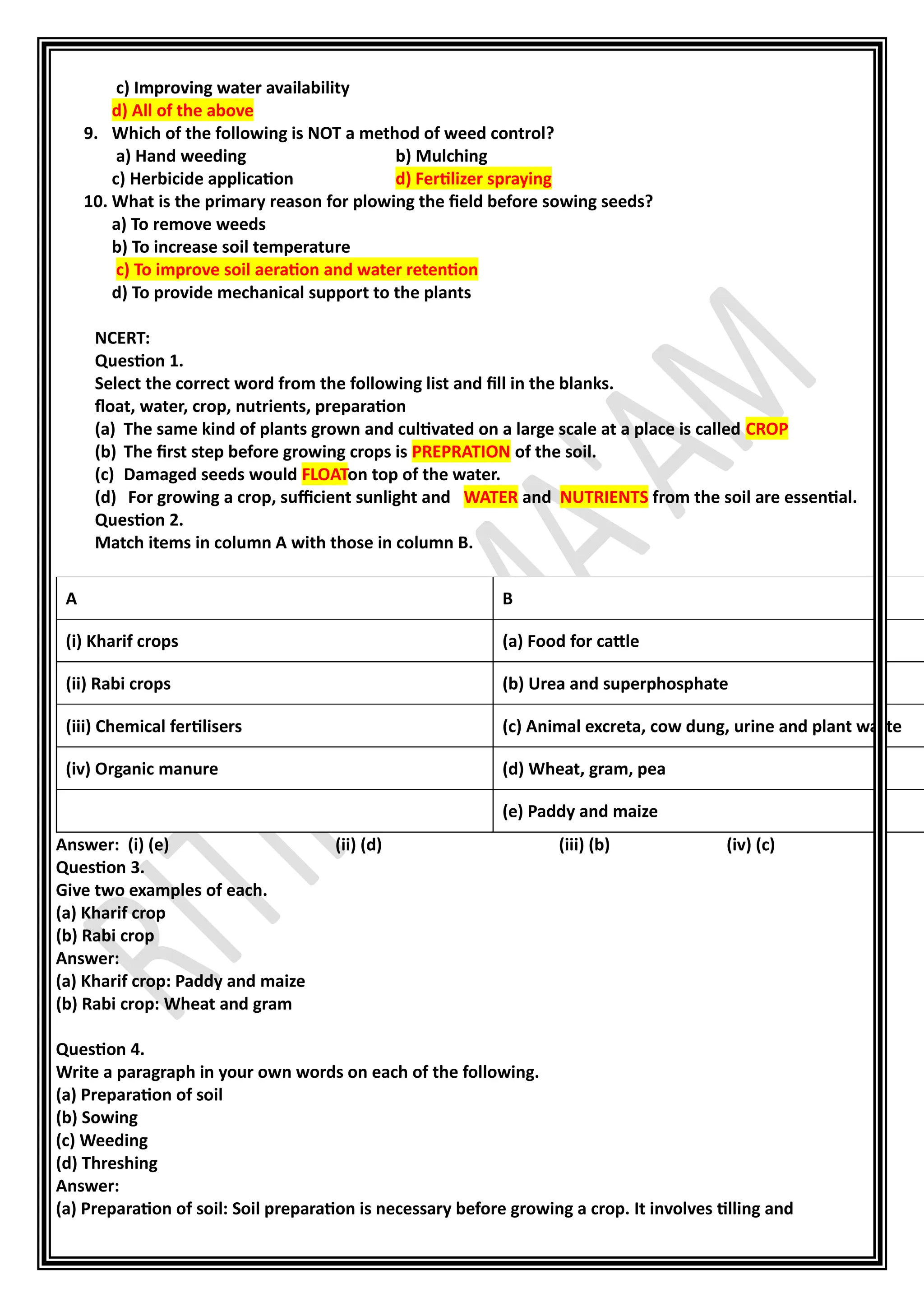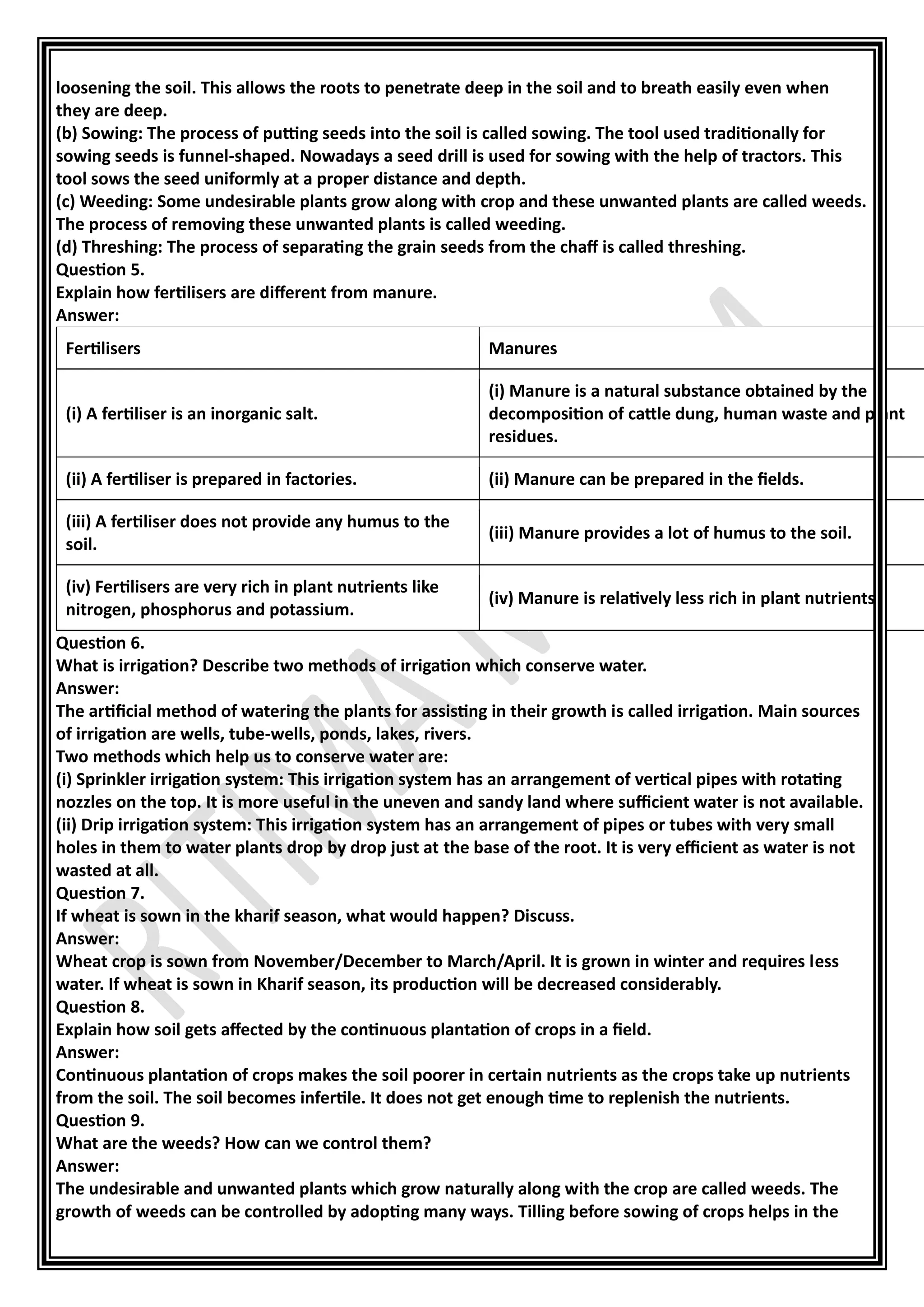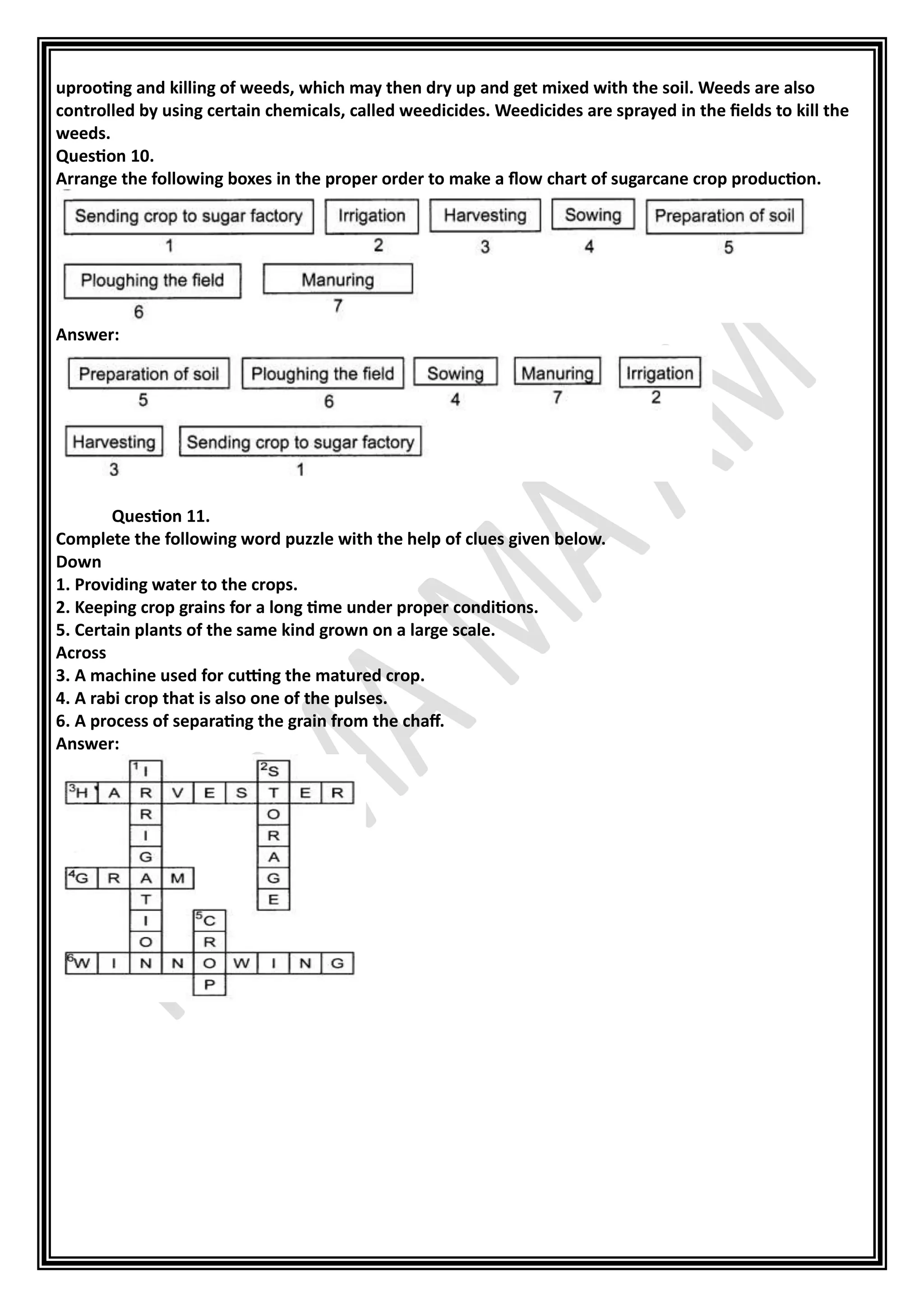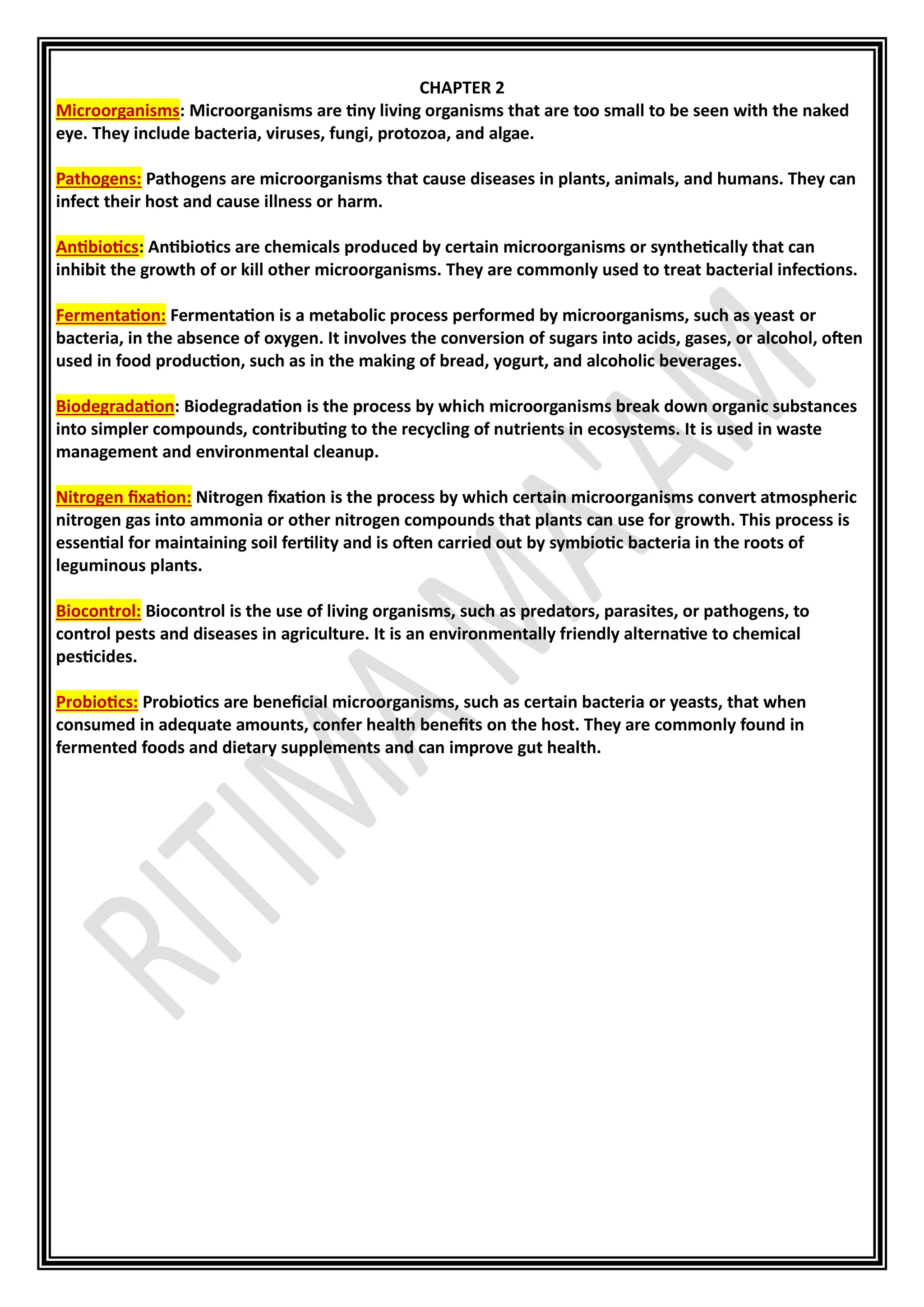This document discusses key concepts related to microorganisms. It defines microorganisms as tiny living things too small to see, including bacteria, viruses, fungi and protozoa. It notes that pathogens are microbes that cause disease, while antibiotics inhibit or kill other microbes. It also describes several important roles of microbes, such as fermentation in food production, biodegradation to recycle nutrients, nitrogen fixation to fertilize soil, and biocontrol as a natural pesticide alternative. Probiotics are discussed as beneficial gut microbes in fermented foods and supplements.
